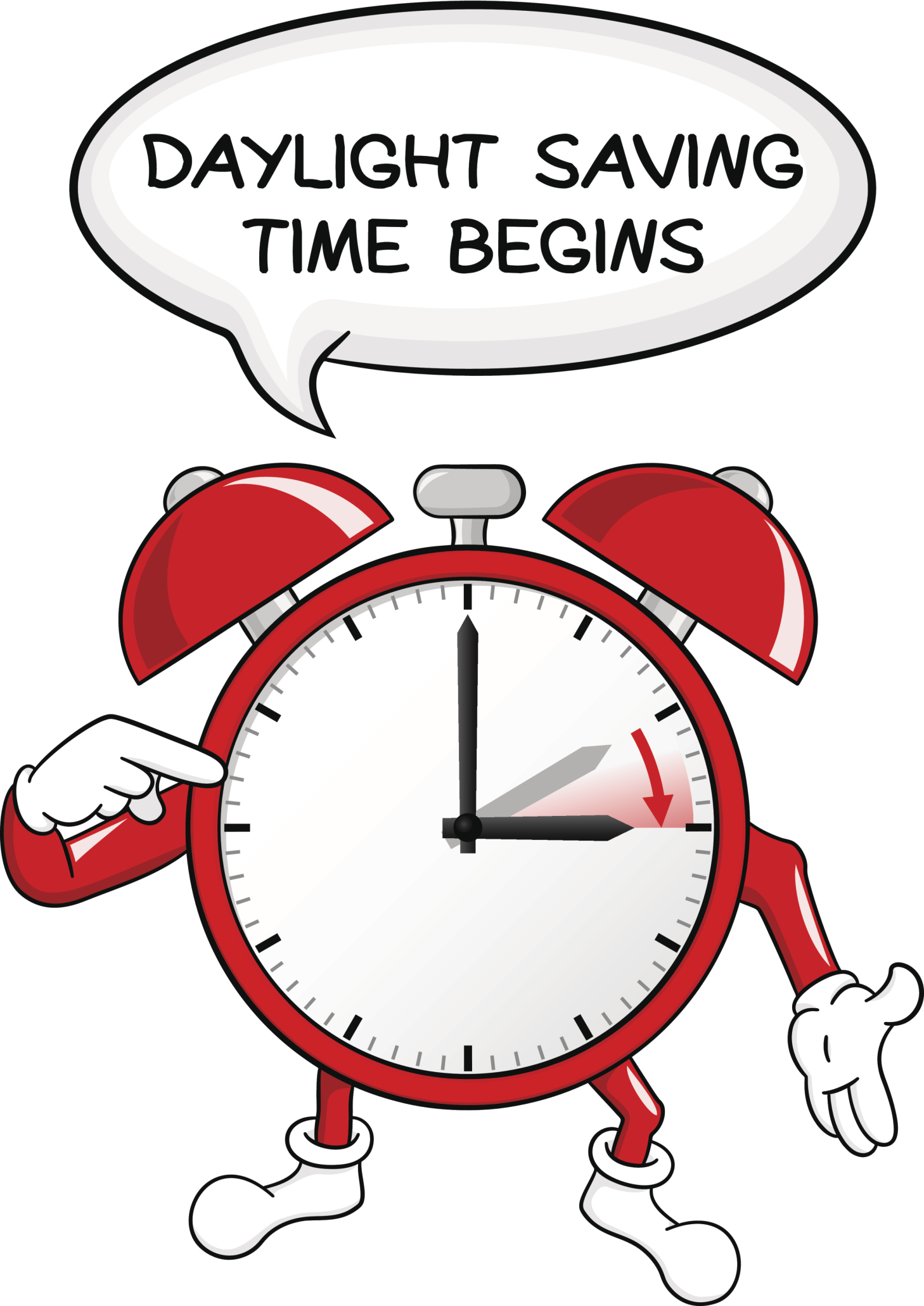NEW INFO | Discussing the latest information from various media and various fields
Daylight Saving Time Changes In 2025: Essential Information
With the arrival of spring, we anticipate the upcoming Daylight Saving Time (DST) changes. Understanding these adjustments is crucial, as they can impact our schedules and routines. In this comprehensive guide, we present "Daylight Saving Time Changes In 2025: Essential Information," providing insights and important details.
Editor's Notes: "Daylight Saving Time Changes In 2025: Essential Information" published on March 8, 2023. This topic is essential to read, as it affects millions of people worldwide, potentially impacting their sleep patterns, work schedules, and daily routines.
Through extensive analysis and research, we have compiled this guide to empower you with the knowledge you need to navigate the upcoming Daylight Saving Time changes effectively. Stay informed and make the necessary adjustments to minimize disruptions.

Colorado Daylight Savings Time 2025 - Fran Paloma - Source lisaveriee.pages.dev
FAQs: Daylight Saving Time Changes In 2025
As the Daylight Saving Time (DST) transition for 2025 approaches, numerous questions arise. This FAQ section aims to address some common concerns and provide essential information regarding the upcoming changes.

Daylight Saving Time: Saving light but endangering health | CHEST Physician - Source www.mdedge.com
FAQ
Question 1: When will the 2025 DST transition occur?
The DST transition in 2025 will begin on Sunday, March 9th. At 2:00 AM local time, clocks will be adjusted one hour ahead, marking the start of Daylight Saving Time. This change will conclude on Sunday, November 2nd, when clocks will be set back one hour at 2:00 AM local time, returning to Standard Time.
Question 2: Which regions of the United States observe Daylight Saving Time?
Most regions in the United States, including the contiguous 48 states and parts of Alaska, adhere to Daylight Saving Time. However, some regions do not observe DST, namely Arizona, Hawaii, Puerto Rico, the U.S. Virgin Islands, Guam, American Samoa, and the Northern Mariana Islands.
Question 3: What are the potential benefits of Daylight Saving Time?
Proponents of DST argue that it offers several benefits, such as increased evening daylight hours, which may promote outdoor activities and reduce energy consumption. Some studies also suggest that DST can lead to a decrease in traffic accidents and robberies.
Question 4: What are the potential drawbacks of Daylight Saving Time?
DST also has its critics due to concerns about potential negative impacts. Some individuals experience sleep disruption and health issues during the transition periods. Additionally, the change in time can affect schedules for transportation, business operations, and daily routines.
Question 5: Are there any upcoming changes to Daylight Saving Time regulations?
Currently, there are no pending changes to Daylight Saving Time regulations in the United States. However, the issue has been subject to ongoing discussions and debates at the state and federal levels. Any future changes to DST would require legislative action.
Question 6: How can I prepare for the 2025 DST transition?
To prepare for the upcoming DST change, individuals can adjust their clocks and devices accordingly on the specified dates. To minimize potential sleep disruption, it is recommended to gradually shift sleep and wake times in the days leading up to the transition.
In conclusion, Daylight Saving Time is a topic that generates both support and opposition. It is crucial to be aware of the potential benefits and drawbacks to make informed decisions. As the 2025 DST transition approaches, staying updated on regulations and preparing in advance can help mitigate any potential challenges.
For more in-depth information on Daylight Saving Time, please refer to the provided references.
Tips
The 2025 Daylight Saving Time Changes In 2025: Essential Information will bring about numerous adjustments that may impact schedules and routines. To ensure a smooth transition, individuals should consider implementing the following tips:
Tip 1: Establish a New Sleep-Wake Cycle: Begin adjusting your sleep schedule gradually, particularly during the week before the time change. Shift bedtime and wake-up times by 15-minute increments each day.
Tip 2: Optimize Light Exposure: Ensure ample natural light exposure in the morning after the time change, which helps regulate the body's circadian rhythm. Open curtains during the day to allow sunlight in and consider using a light therapy lamp if necessary.
Tip 3: Manage Caffeine and Alcohol Intake: Avoid excessive caffeine intake after midday and limit alcohol consumption, as both can interfere with sleep quality.
Tip 4: Prioritize Relaxation Techniques: Incorporate stress-reducing activities, such as yoga, meditation, or warm baths, into your evening routine to promote relaxation and better sleep.
Tip 5: Adjust Tech Use: Limit electronic device usage in the hour or two before bed, as the blue light emitted can suppress melatonin production and affect sleep.
Tip 6: Maintain a Regular Exercise Regimen: Engage in regular exercise; however, avoid strenuous activities close to bedtime, as they can interfere with sleep.
Tip 7: Check Essential Devices: Review and update clocks, timers, and any other devices that require manual time adjustments to ensure accuracy after the time change.
Tip 8: Consider Special Needs: Pay attention to the potential impact on individuals with sleep disorders, elderly populations, and young children, and make necessary adjustments to their schedules and routines.
By adhering to these tips, individuals can effectively manage the 2025 Daylight Saving Time changes and mitigate any potential disruptions to their daily lives.
Daylight Saving Time Changes In 2025: Essential Information
In 2025, the United States is set to make significant changes to its Daylight Saving Time (DST) policy. These changes will eliminate the semi-annual clock adjustments and implement a permanent DST schedule. This informative piece will highlight the essential aspects of these upcoming changes and their potential impact.
- Start Date: March 2025
- End Date: No annual end date for DST
- Permanent DST: Clocks will remain one hour ahead throughout the year
- Sunset Variation: Sunsets will occur approximately one hour later during winter
- Health Impact: May disrupt circadian rhythms and sleep patterns
- Economic Impact: Potential impacts on businesses and energy consumption
The decision to adopt a permanent DST schedule has sparked debate and discussion. While proponents argue for increased daylight hours and energy savings, opponents raise concerns about potential health and safety issues. The elimination of the clock adjustments may also have implications for various sectors, including transportation, healthcare, and retail. As the implementation date approaches, it is crucial to stay informed about these changes and their potential consequences.

Daylight Saving 2025 Usa Start Date - Jammie Kizzie - Source juniaykaylee.pages.dev
Daylight Saving Time Changes In 2025: Essential Information
Daylight Saving Time (DST) is a practice of advancing clocks during warmer months so that evening daylight lasts longer. Proposed changes to DST in 2025 could significantly impact daily routines, energy consumption, and economic activity. Understanding these changes is crucial for businesses, individuals, and policymakers.

Daylight Saving Time: Saving light but endangering health | CHEST Physician - Source www.mdedge.com
The proposed changes involve making DST permanent, eliminating the need for biannual clock adjustments. This would result in more evening daylight during spring and summer, potentially leading to increased outdoor recreation, reduced traffic accidents, and energy savings due to decreased lighting usage. However, it could also disrupt sleep patterns, affect agricultural practices, and create challenges for time-sensitive industries like transportation and healthcare.
The decision to implement these changes is complex, with both positive and negative implications. Careful consideration of the potential impacts on various sectors and individuals is necessary before any final decisions are made.
Table: Potential Impacts of Permanent Daylight Saving Time
| Category | Positive Impacts | Negative Impacts |
|---|---|---|
| Energy Consumption | Reduced lighting usage during evenings | Increased air conditioning usage during summer evenings |
| Outdoor Recreation | Increased opportunities for evening activities | Potential disruption of morning activities |
| Traffic Accidents | Reduced risk of accidents due to increased visibility | Potential increase in accidents during morning rush hour |
| Agriculture | Longer daylight hours for crop growth | Challenges for livestock management and harvesting |
Conclusion
The proposed changes to Daylight Saving Time in 2025 have far-reaching implications. While permanent DST may offer benefits such as increased evening daylight and energy savings, it also poses potential challenges for sleep patterns, agriculture, and time-sensitive industries. A thorough analysis of these impacts is essential to inform decision-making and mitigate any negative consequences.
The future of Daylight Saving Time remains uncertain, highlighting the need for ongoing research and public discourse. By understanding the potential impacts, we can engage in informed discussions and work towards a solution that balances the benefits and drawbacks of permanent DST.